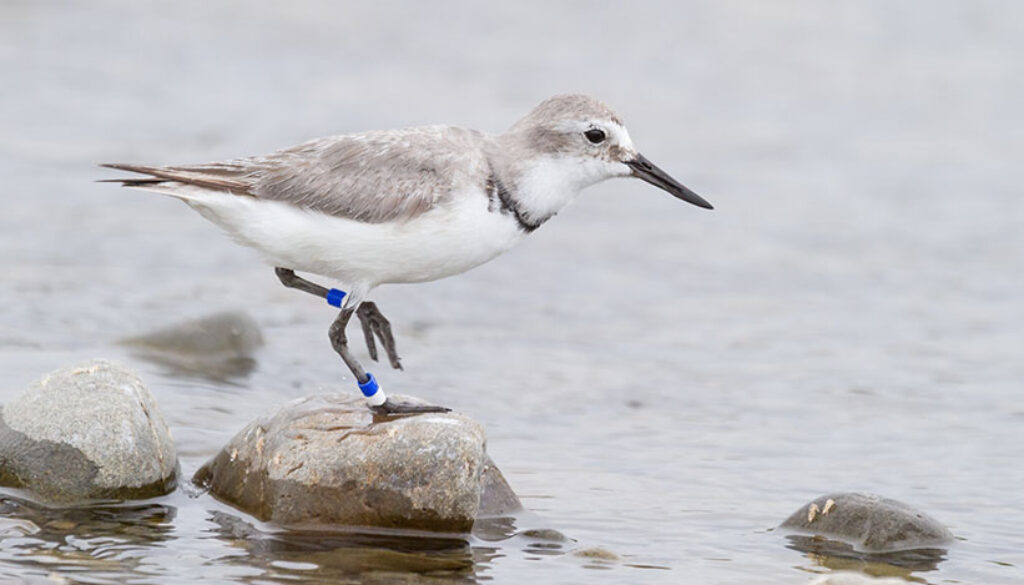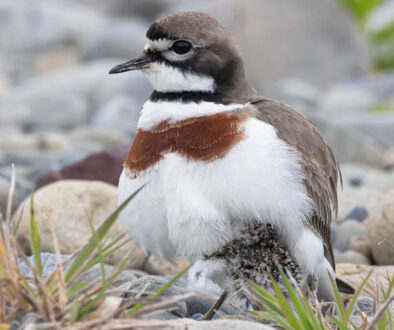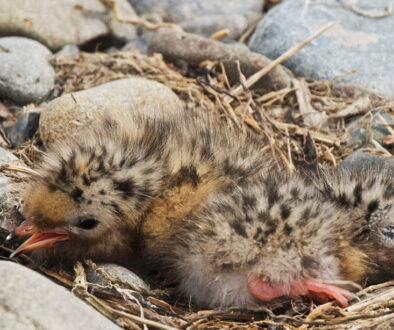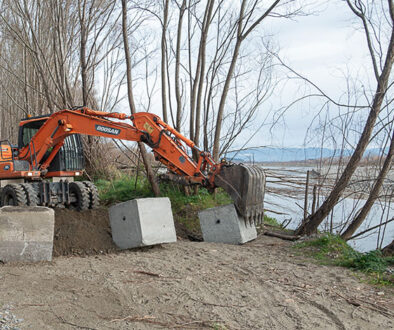BW-BW: Our last banded bird
It was the glimpse of blue that really caught my attention.
Every month I walk a 2km section of our local Ashley-Rakahuri river, counting the birds that I see on the riverbed. Over the winter, numbers are low, but they increase over spring when the birds start to arrive for their breeding season. The icon species which I keep a special watch for is the wrybill – the only bird in the world with a side-ways bending bill and only breeding in Canterbury’s braided rivers. Between 8-10 pairs have bred on the river over the last few years.
For me, the first indication that a wrybill is around comes from its call. This has a slightly higher pitch than the more common banded dotterel, which always arrives before the wrybill. One day I heard a call in the riverbed and soon spotted a single bird feeding up the river margin towards me. Closer examination through binoculars revealed it to be a male bird – and then my eyes widened when I got a glimpse of blue as it raised a leg out of the shallow water.
I whispered a low ‘you beauty’, as I realised that this bird was our former BW-BW, the only colour banded wrybill left on the river. He was only seen once early last season, after which we thought he had gone for good. But this sighting proved that he was still alive and well.
Placing colour bands on birds allows for individual identification, and since 2000 we have banded 25 wrybill. This ceased in 2011 when the person with the right banding permits departed.
BW-BW was banded as a breeding adult in 2010, when we reckon he was aged 2 – which means he is currently at least 13 years old. (The photo at the top of the page was taken January 2018). To our knowledge, no other banded bird has reached this age on the river, and on average we only see banded birds for about 4 years. Why they don’t last longer, we just do not know – because the oldest wrybills recorded have reached well over 20 years.
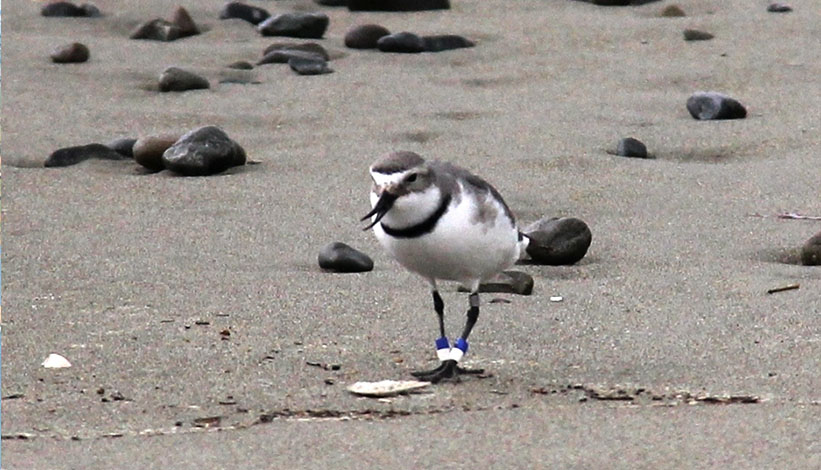
BW-BW parented a chick in the 2019-20 season, by the end of which he had lost one of his white bands, and therefore become BW-B. When located once at his usual Groyne 2 site last year, he had lost his second white band, so was just B-B. When I first saw him this season at the same site, he had only one blue band on his left leg, and therefore become just plain B. Needless to say, I searched carefully for B on every subsequent visit to his patch, and was delighted when I saw him alongside two small chicks. Later, he was observed close to a flying juvenile, which I am sure was one of his chicks.
So B remains a major contributor to rising wrybill numbers on the Ashley-Rakahuri river. Long may this continue, although our ability to monitor that is doubtful. When last seen, the single blue band looked very thin – so it may soon break and we will not be able to identify him again.

